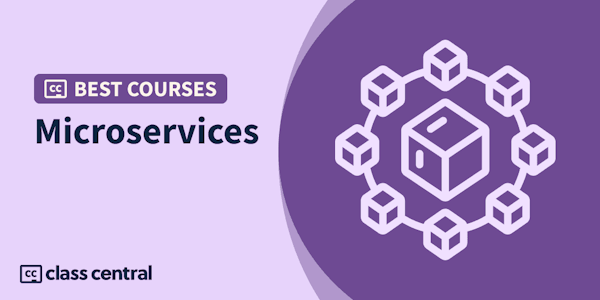There is no doubt that cloud computing is the future. Yet despite the widespread adoption of cloud computing, uncertainty remains around how to best leverage and implement this technology to realize its full potential. Building on the teachings in Course 1: Emerging Technologies in an Enterprise Environment, this course will provide an in-depth overview of cloud computing standards, terminology and business benefits, focusing on the framework introduced by National Institute of Standards and Technology.
Designed for leaders responsible for making technology-related business decisions, this course draws on real-life case studies and applications to equip you with the skills and knowledge to effectively implement cloud technologies within your business or organization.
Learners will review cloud technology within an overarching enterprise architecture context, considering factors such as risk management, open source vs. proprietary, redundancy, security and growth. You will apply program teachings to your own specific use cases, and will get to complete the end-to-end process from technology selection to workplace adoption.
It is recommended you complete Course 1: Emerging Technologies in an Enterprise Environment before enrolling in this course. Verified learners who complete all three courses in this series will receive an edX Professional Certificate in AI and Cloud Computing: Implementation Strategies for Business.



